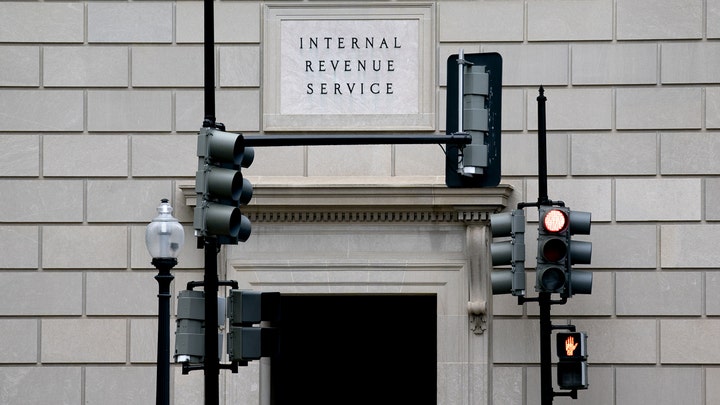
Workers will be able to set aside more money for their 401(k) plans in 2022, the Internal Revenue Service announced on Thursday.
The employee contribution limit for 401(k) plans is increasing to $20,500 next year, a $1,000 increase from this year’s maximum of $19,500. The higher limit also applies to employees with 403(b), most 457 and Thrift savings plans, the IRS said. Other basic limits, such as the additional catch-up contribution of $6,500 for anyone over the age of 50, remain unchanged.
Just a fraction of people – about 8.5% – funneling money into a contribution account hit the maximum in 2018, according to a Congressional Research Service report.
The increase is part of an annual cost-of-living adjustment that takes into account inflation. As a result, the change does not require any legislative approval.
Despite a 30-year high in inflation, the IRS did not increase the contribution maximums for IRAs, leaving the limit unchanged $6,000 for 2022. That figure has not changed since 2019. The catch-up contribution amount for IRAs will also stay at $1,000, meaning anyone 50 and older can stash away $7,000 next year.
Under the latest changes, more Americans could qualify for Roth IRAs, which taxes contributions upfront, allowing individuals to grow their investment earnings tax-free (unless the money is withdrawn before an individual is 59.5 years old).
The newest income phaseout from the IRS rises to $144,000 from $129,000 for individuals and $214,000 from $200,000 for married couples who are filing jointly.
One in four Americans has no retirement savings, according to a recent report from PwC, a professional services network. The report that all U.S. households for individuals between the ages of 25 and 64 have a massive retirement savings deficit, with a total of $3.68 trillion less in savings than they should in order to be prepared.
Federal Reserve research suggests that the median retirement account balance in the U.S. was just $65,000 in 2019.